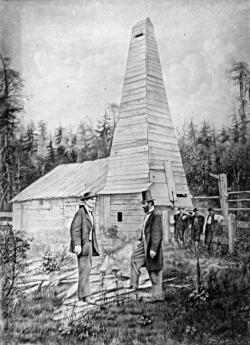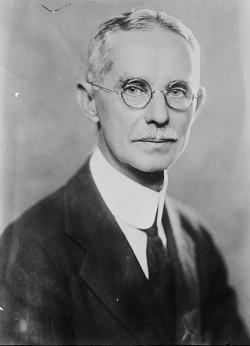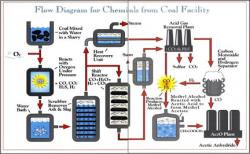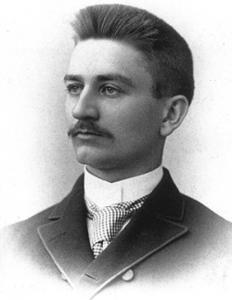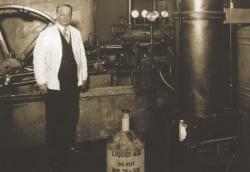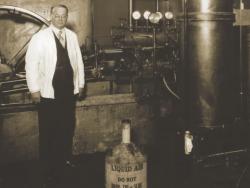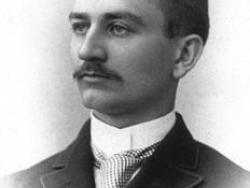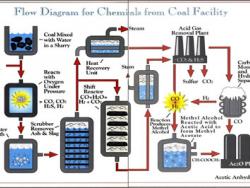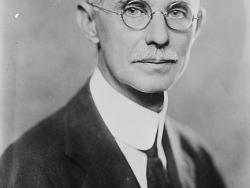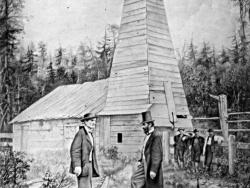Long before Texas gushers and offshore drilling, and a century before oil wells dotted Arabian sands and rose out of Venezuelan waters, the center of petroleum production was western Pennsylvania. In the middle of the 19thcentury two developments occurred that guaranteed Pennsylvania’s dominance: The construction, in Pittsburgh, of the first still to refine crude oil into kerosene for use in lighting, and the drilling of the first oil well in Titusville, Pennsylvania.


